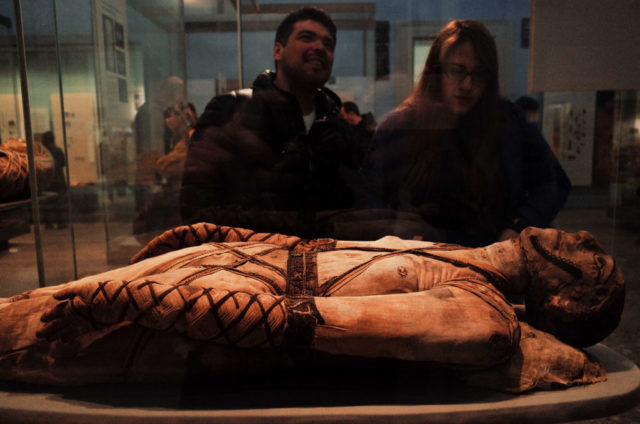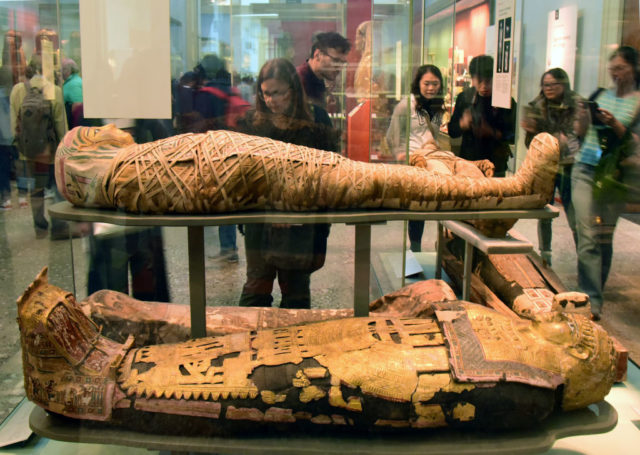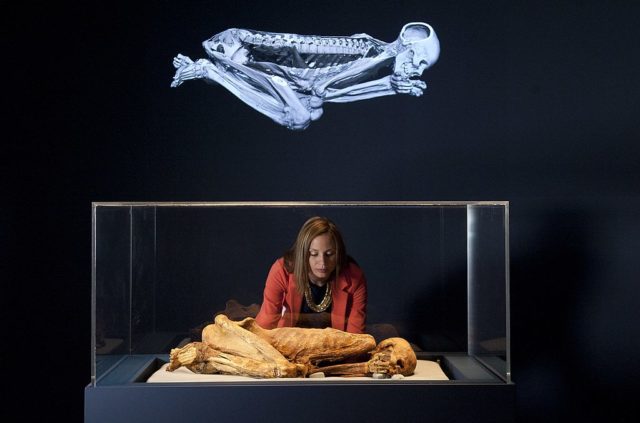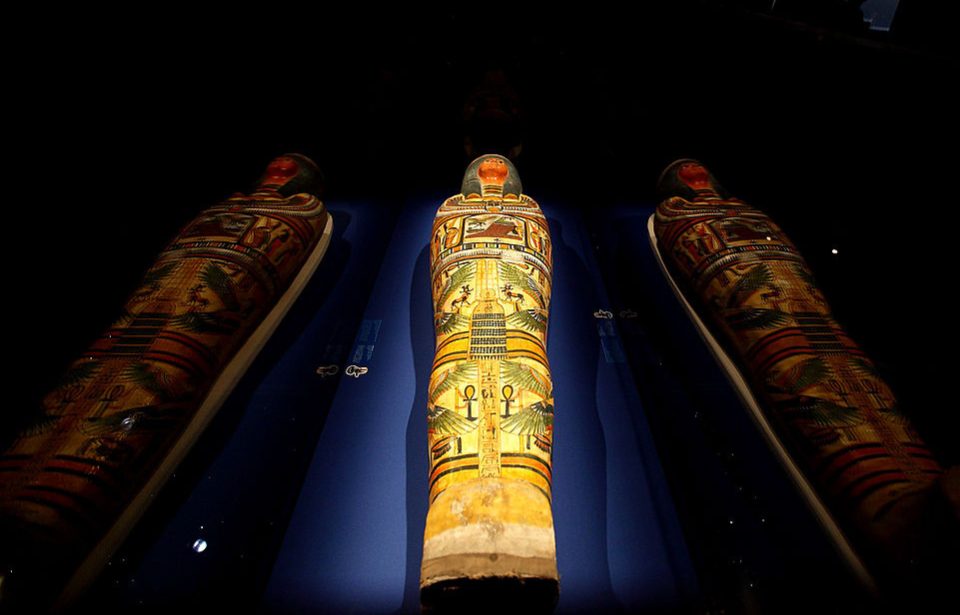Mummies are some of visitors’ favorite exhibits in many museums around the world. There’s something fascinating about the remains of the ancient dead, whether from Egypt or elsewhere in the world. But the frequently accepted term for a body of this kind, mummy, is no longer going to be used by many museums in the United Kingdom. They will instead be switching it out for something that won’t “offend dead Egyptians.”
Time for a change
The change in terminology is largely spurred on by the realization of museum staff that many visitors have separated the concept of mummies from something that was once real. This came from observations of those visiting the Great North Museum where a mummified Egyptian woman named Irtyru was on display. The museum manager, Adam Goldwater, found that people “did not recognize that she was a real person.”

Goldwater claims that this attitude stemmed from the use of mummies as monsters in pop culture. By changing the display and wording, he hopes that “our visitors will see her remains for what they really are – not an object of curiosity, but a real human who was once alive and had a very specific belief about how her body should be treated after death.” This is similar to the sentiment expressed by the British Museum.
Name modification
For one of the largest museums in the UK, the name change comes as a way to emphasize that the remains visitors are looking at were “people who once lived.” They have in no way banned the term “mummy” outright and intend to use it sparingly throughout their collection, for example, when describing remains that were mummified naturally rather than artificially. There is a movement, however, to use descriptions like “mummified remains of…” followed by the name of the person when possible.

The National Museum of Scotland has implemented similar changes, although without removing the word entirely. They simply want to ensure that they are being as accurate as possible, limiting the term for descriptors like “mummy mask” and “mummy case.” One of their spokespeople said, “The word ‘mummy’ is not incorrect, but it is dehumanising, whereas using the term ‘mummified person’ encourages our visitors to think of the individual.”
Critics respond
This decision is not without critics. There are many who believe that this change is unnecessary and unneeded. One of these dissenters is Chris McGovern, chairman of the Campaign for Real Education in London. He responded, “The curse of the mummy is driving these academics mad!” Along the same lines, author Jeremy Black feels that the change is simply “woke virtue signaling.”

Black also responded to claims that the use of mummies in pop culture has made them synonymous with monsters. “When museums cut themselves off from popular culture they show contempt for how we all understand words, meanings and history,” he said.
More from us: Ancient Egyptian Tomb Dating Back to the 18th Dynasty Unearthed Along Nile River
Nonetheless, these changes are well underway and it’s almost certain that mummified remains will still be one of the most talked about exhibits in any museum.
